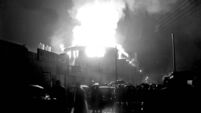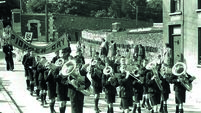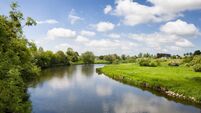Recalling 'American days' on Cork's Bere Island
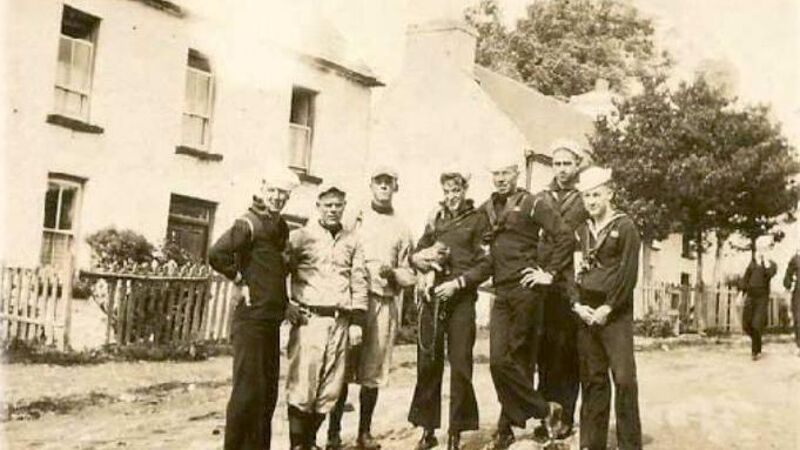
US navy sailors in Rerrin village, some in baseball attire as the crews enjoyed regular tournaments on a baseball diamond marked out on Bere Island. Image Source: The Lawrence Collection
Over the years Bere Island has witnessed many incursions and invasions by foreign forces – from the vikings in the early 800s to an attempted French invasion of Bantry Bay in 1796 which led to a 300-year presence by the British military.
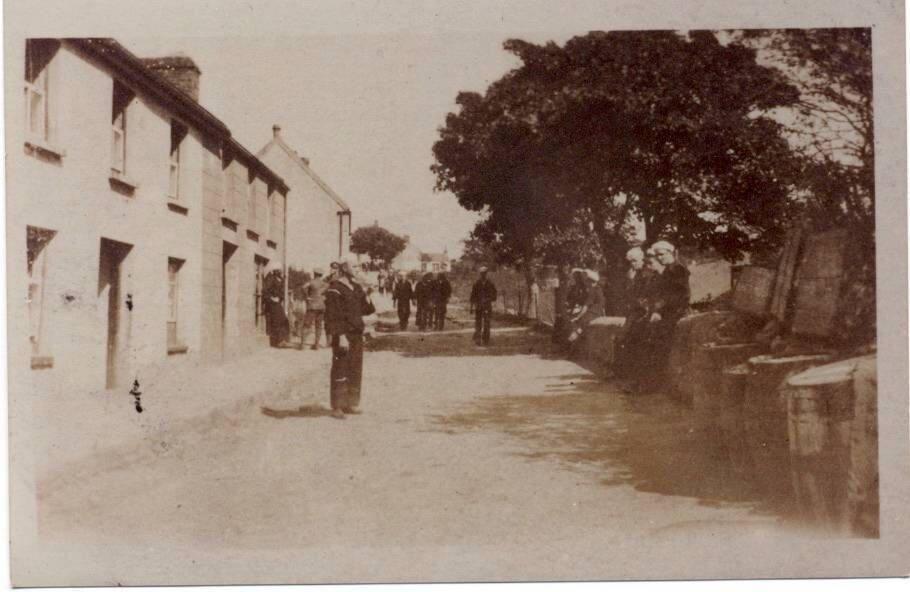
Not long after the fortifications were completed the first world war broke out in Europe, a war which introduced a new weapon to warfare – the submarine.
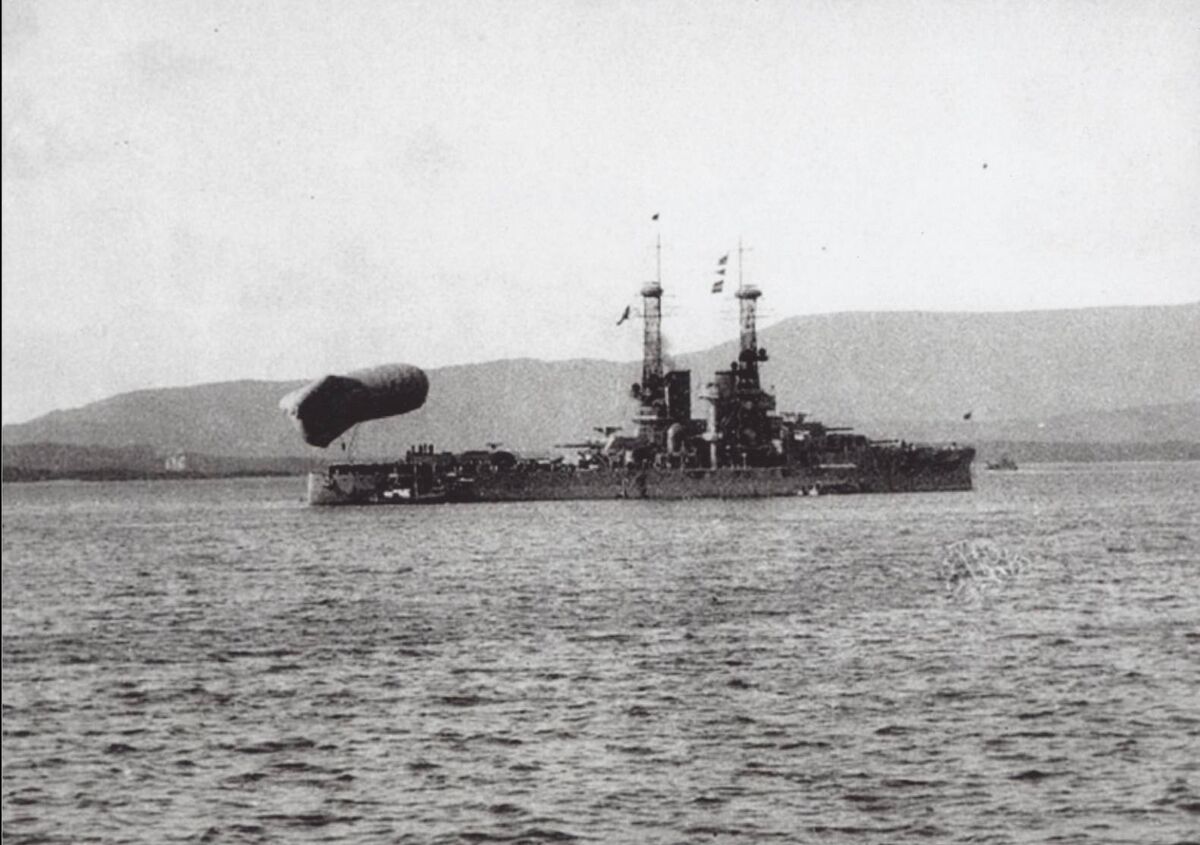
The US Navy based the USS Oklahoma, USS Utah and USS Nevada in Berehaven, along with eleven submarines.
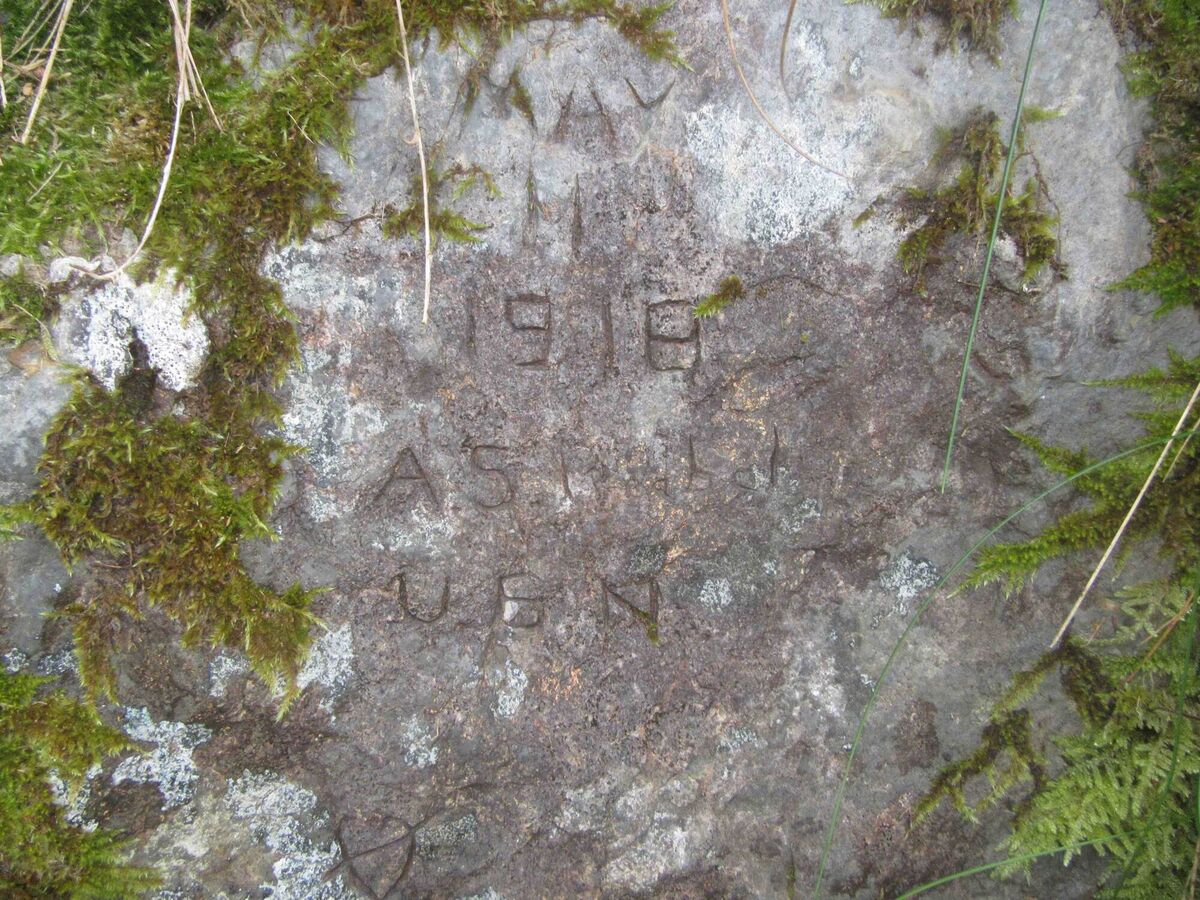
The British Admiralty had extensive recreational facilities on Bere Island for their own personnel which included grounds containing a cricket pitch, running track, hockey pitch and football pitch.
